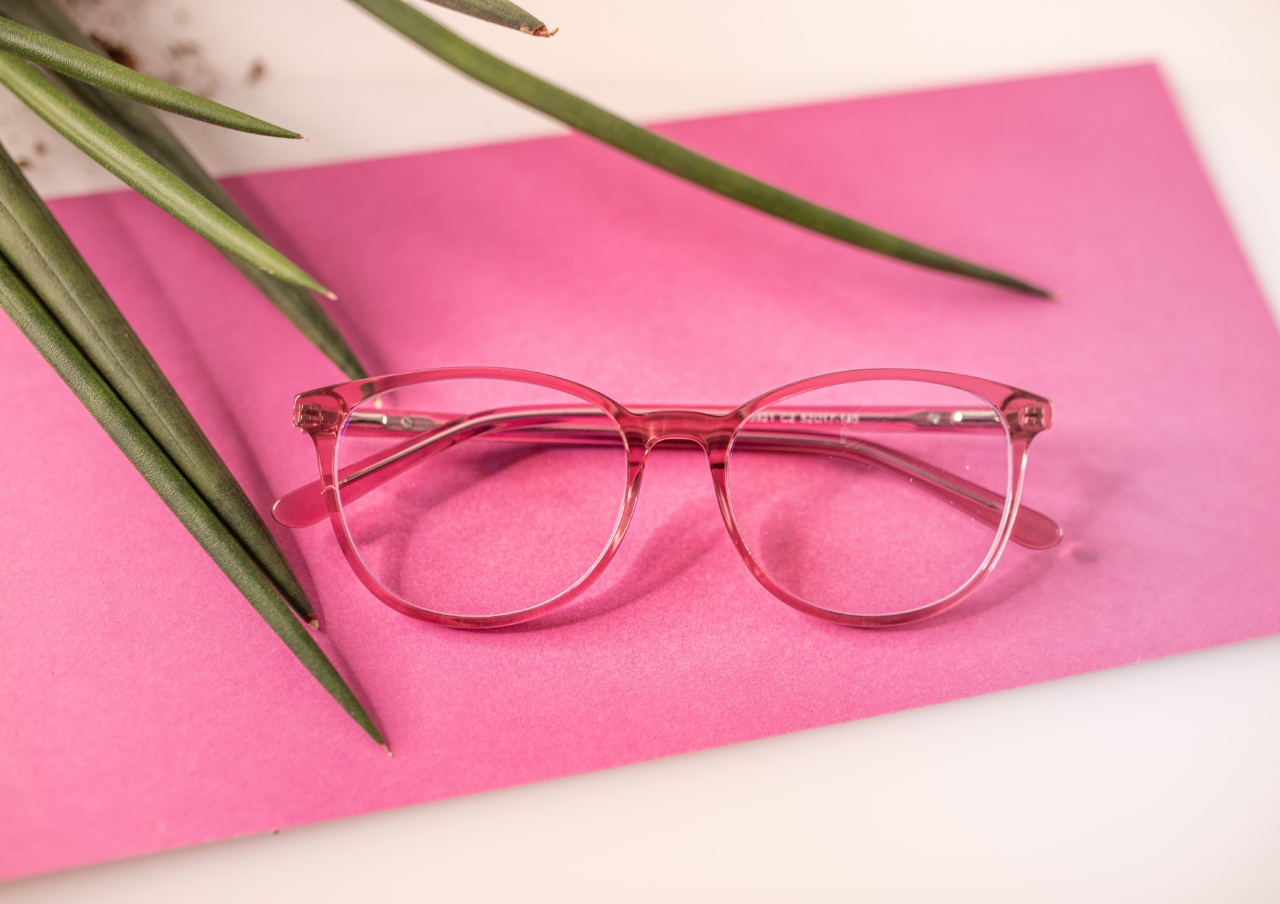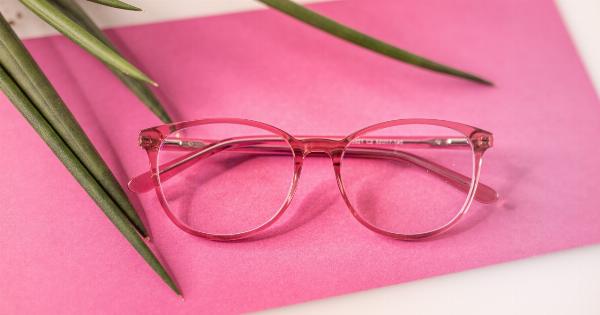Myopia, also known as nearsightedness, is a common vision problem that affects millions of people worldwide.
It occurs when the eyeball is too long or the cornea is too curved, causing light rays to focus in front of the retina instead of directly on it. This leads to blurry distance vision while close-up vision remains clear.
The Problem with Contact Lenses
For decades, contact lenses have been a popular solution for correcting myopia. They provide clear vision without the need for glasses, allowing individuals to go about their daily activities with ease.
However, contact lenses come with their own set of challenges and inconveniences.
Discomfort and Dryness
Wearing contact lenses for extended periods can lead to discomfort and dryness in the eyes. The constant presence of these foreign objects can cause irritation, redness, and even infections in some cases.
Many individuals find themselves constantly using eye drops to alleviate the dryness, which can be a hassle.
Maintenance and Hygiene
Contact lenses require proper maintenance and hygiene to prevent eye infections and other complications. They need to be cleaned and disinfected regularly, and the use of tap water or improper cleaning solutions can lead to serious eye infections.
Additionally, traveling or engaging in water-related activities can be challenging as contacts need to be removed to avoid water exposure.
Dependency on Corrective Eyewear
While contact lenses provide temporary vision correction, individuals with myopia still have to rely on them as a daily essential. For some, this may result in a constant feeling of dependency on corrective eyewear.
This can impact self-confidence and limit certain activities where contact lenses may not be suitable or practical.
The Revolutionary Solution: LASIK
LASIK, short for Laser-Assisted In Situ Keratomileusis, is a revolutionary and widely adopted surgical procedure that offers a long-term solution for myopia.
It provides permanent vision correction by reshaping the cornea to focus light directly on the retina, eliminating the need for glasses or contact lenses.
Safe and Effective
LASIK is a safe and effective procedure with a high success rate. It has been performed on millions of individuals worldwide with minimal complications.
The surgery is quick, usually taking less than 10 minutes per eye, and patients can typically resume their normal activities within a few days.
Minimal Discomfort and Fast Recovery
During LASIK, the cornea is reshaped using a laser, eliminating the need for any incisions or stitches. The procedure is virtually painless, with most patients experiencing only mild discomfort or pressure during the surgery.
Afterward, the eyes may feel slightly dry or irritated for a few days, but this discomfort subsides quickly, and vision improves rapidly.
Freedom from Corrective Eyewear
One of the most significant advantages of LASIK is the freedom it provides from wearing glasses or contact lenses. Following the procedure, many individuals experience dramatic improvements in their vision, often achieving 20/20 or better visual acuity.
This newfound freedom allows for a more active and convenient lifestyle, unrestricted by the need for corrective eyewear.
Long-term Cost Savings
Although LASIK is initially an investment, it can lead to substantial long-term cost savings. The ongoing expenses associated with purchasing contact lenses, cleaning solutions, and regular eye exams can add up over time.
With LASIK, individuals can eliminate or significantly reduce these costs, ultimately saving money in the long run.
Considerations and Eligibility
While LASIK offers numerous benefits, it may not be suitable for everyone. Certain factors, such as age, eye health, corneal thickness, and prescription stability, need to be considered before undergoing LASIK.
It is essential to consult with a qualified eye care professional to determine if LASIK is the right solution for your specific needs.
Risks and Side Effects
Like any surgical procedure, LASIK does carry some risks and side effects. While rare, complications can include infection, dry eyes, glare, halos around lights, and under or overcorrection of vision.
However, advancements in technology and surgical techniques have greatly minimized these risks, making LASIK a safe and viable option for most candidates.
Conclusion
For individuals struggling with myopia, LASIK provides an excellent alternative to contact lenses or glasses. This surgical procedure offers a permanent solution, eliminating the need for dependency on corrective eyewear.
With its safety, effectiveness, and long-term cost savings, LASIK has become a popular choice for those seeking freedom and improved vision.




























